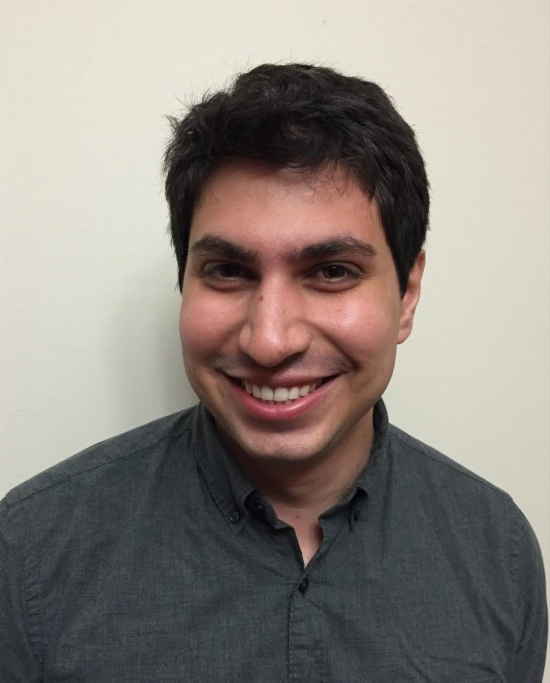ECE Seminar
Modern Methods for Neural Signal Processing
Add to Google Calendar

Deciphering how the brain works requires new methods for recording and interpreting activity from large cortical circuits at single-neuron resolution. In this talk I will focus on one important neural recording
modality, two-photon microscopy (TPM), and describe recent methodological advances for increasing the quantity and quality of inferred neural activity from TPM recordings. First I will describe TPM, focusing on our recent work for volumetric two-photon imaging of neurons using stereoscopy (vTwINS). vTwINS increases the number of imaged neurons with no reduction of frame-rate by projecting an entire volume onto each image, rather than the typical raster scanning of single planes. To infer the neural locations and activities, vTwINS relies on a co-designed greedy algorithm we developed that leverages knowledge of the optics to seed an adaptive matching-pursuit-type algorithm. To create the next generation of analysis tools for TPM, I will next describe my ongoing work designing new methods for dynamic filtering of sparse signals. These methods extend the ideas of Kalman filtering to high-dimensional data where parsimonious descriptions of the data are available. I will present both a simple, efficient method with accuracy guarantees under smoothness assumptions on the signal dynamics, as well as a hierarchical method based on re-weighted LASSO that yields empirically more accurate results at the cost of increased computation. Using these methods, I will then discuss preliminary results and future directions aimed at increasing the robustness of TPM data
processing, including TPM de-noising, and removing false-positives in assigning bursts of activity to individual neurons.
Adam Charles received both a B.E. and M.E in Electrical and Computer Engineering in 2009 from The Cooper Union in New York City. He received his Ph.D. in Electrical and Computer Engineering in 2015 working under Dr. Christopher Rozell at The Georgia Institute of Technology, where his research was awarded a Sigma Xi Best Doctoral Thesis award as well as an Electrical and Computer Engineering Research Excellence award. Currently, Adam is a postdoctoral associate at the Princeton Neuroscience Institute with Dr. Jonathan Pillow, where he studies computational neuroscience and data analysis methods. His research interests include neural imaging technologies, inference and tracking of sparse and structured signals, and mathematical modeling of neural networks.
 MENU
MENU 
